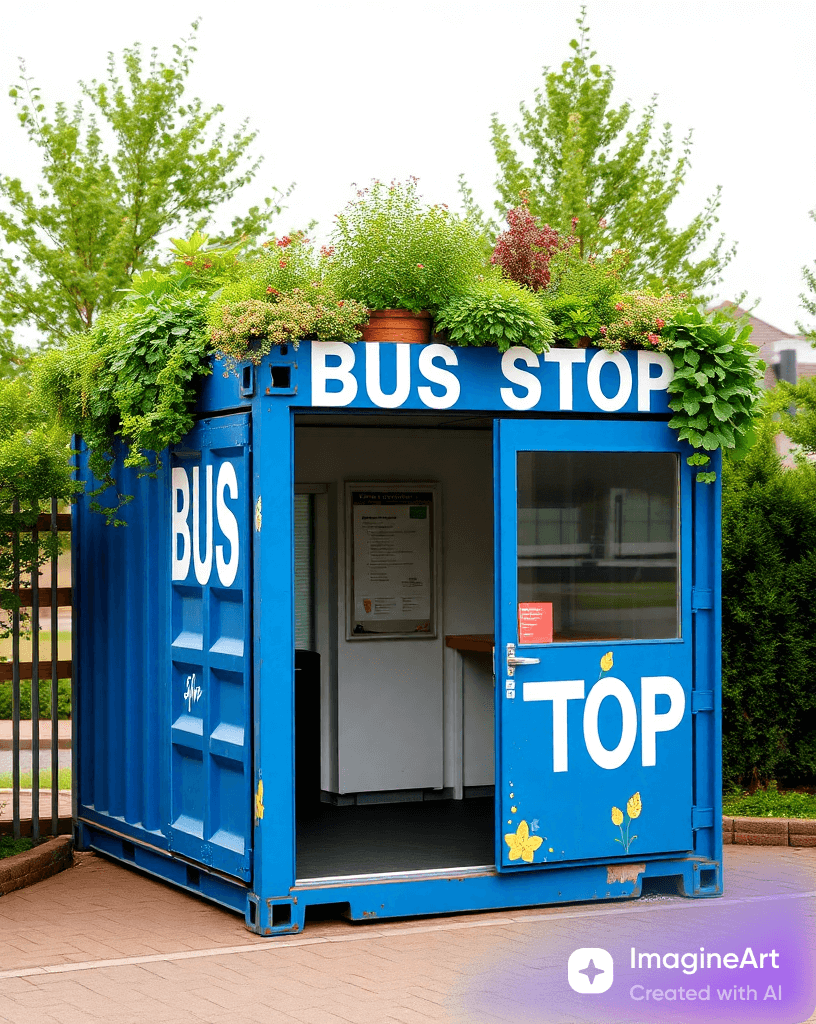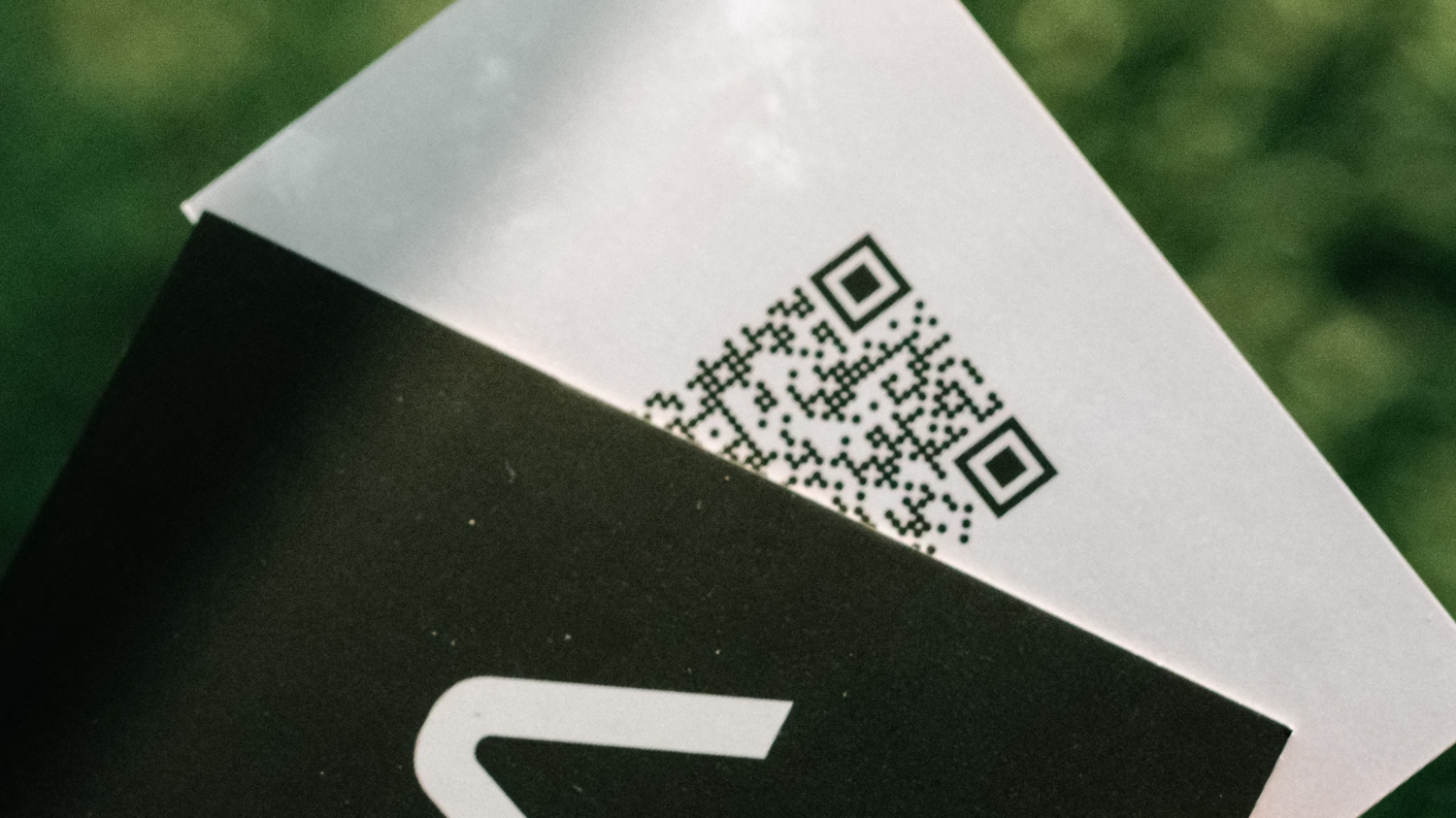

Edited: October 27, 2025 | 4:15 p.m. CDT
Written by: Gilbert Barnes Carter III
I attended my first shipping container home building instruction class in December of 2021. It was facilitated by Mr. John Bradley and Mr. Mahdi Uwizeye with Container Concepts, LLC. The natural pairing of the deep shades of magenta and red soil and rustic woodlands in Danville, Georgia served as the backdrop for me seeing those forms of housing equity and housing justice work in person for the first time. I day dream incessantly about how we can use such an alternative and environmentally sustainable housing construction method to create new housing equity and housing justice advantages for low-income earning and unhoused Memphians and increase our housing stock.
I also give consideration to how shipping containers are perfect to repurpose to use as new MATA bus shelters. Mr. Johnnie Mosley, the Founding Chairman of Citizens For Better Service, and Mr. Sammie Hunter, the Co-chairman of the Memphis Bus Riders Union, are in favor of more bus shelters being installed by MATA officials. It is a dire need based on their long standing analysis.
Mr. Mosley stated, "I believe that MATA should do a better job in getting bus shelters to fix the needs of bus riders, including members of the unhoused population. The bus shelters of today are smaller and not suitable for the weather or crowds of bus riders at bus stops. Let us hope that MATA wakes up and makes the dream of a new kind of bus shelter become a reality."
Mr. Hunter revealed that MATA officials developed a contingency plan to install more bus shelters during the administration of former MATA CEO Gary Rosenfeld in 2019. The plan was scrapped, unfortunately.
Ms. Kate Seat, a frequent MATA Plus para transit rider, provided the following input for the implementation of additional safety and streetscape features for existing and new MATA bus shelters and stops.
"Bigger shelters would be better for rain protection and shade. The sidewalks aren’t always big enough for shelters that are much deeper though. My vote would be (for) more of the shelters we have now, for uniformity, plus more trees planted near bus stops for shade. The uniformity is a practicality. Uniformity makes it easier to spot the bus stops."
That is a very feasible alternative.
Those features can be implemented rather easily. All four sides of shipping containers can be opened for additional ventilation and visibility. Customization can be diversified. Heat transfer can be reduced during the summers by placing mini rain gardens filled with luscious perennials and vegetable plants overhead. Retrofitting can be made to be completely ADA (Americans with Disabilities Act of 1990) compliant. They are fire, rust, and wind resistant. They can be insulated from the inside and outside with spray foam.
Consider the impact from the recent flash flooding in our area. Would MATA riders prefer to wait outside in those weather conditions inside of most of the bus shelters that are in place across the city now?

The most meaningful ideation is centered around how existing and new MATA bus shelters and stops can be utilized additionally as locations of care for members of our local unhoused population. I envision various species of mature fruit trees planted in symmetrical patterns around existing bus shelters and stops. MATA riders, unhoused families, and unhoused individuals could freely pick fruit from trees at existing bus shelters and stops for sustenance. They could freely pick fruits and vegetables from plants and trees at new bus shelters. I also envision more faith based congregations and social justice groups offering support. I can assist in the development of an "Adopt-A-Shelter" program between MATA officials and those organizations. The program could be modeled after the Adopt-A-Highway program through the Tennessee Department of Transportation (TDOT).
My specific challenge for MATA officials is to balance how they reset their internal agency culture and reshape their public image. I think that they can be more intentional by allowing for their internal reforms to mirror their external reforms simultaneously at such a significant social intersection.
Gilbert Barnes Carter III is a Memphis-based author, child welfare advocate, community organizer, emerging farmer, gardener, journalist, and social justice advocate. He began his social justice advocacy and work by serving as a Shelby County Fetal and Infant Mortality Review (FIMR) Board volunteer in 2005. He has worked since then to effectuate change for low-wage, immigrant, and migrant workers as a Temporary Workers Campaign Manager with Workers Interfaith Network; an advocate for Teamsters Local 667 sanitation workers; and a community / field organizer to uphold blight reduction, efficient public mass transit, environmental justice, food access, food justice, food security, narrative change, and public safety.


Put your business in front of thousands of LOCALS! Create your free listing on the NewsSTAND and update your profile anytime to share the latest info, specials, and contact details.

Got a story to Share? Pitch your idea or write an article for the NewsSTAND! Join us in highlighting the positive and powerful moments that make our city shine.

We’re passionate about working together to amplify our City. Reach out to the NewsSTAND team to explore collaboration opportunities and make a difference in our community.
Hover over each card to unlock the full story and see what you’re about to get!







